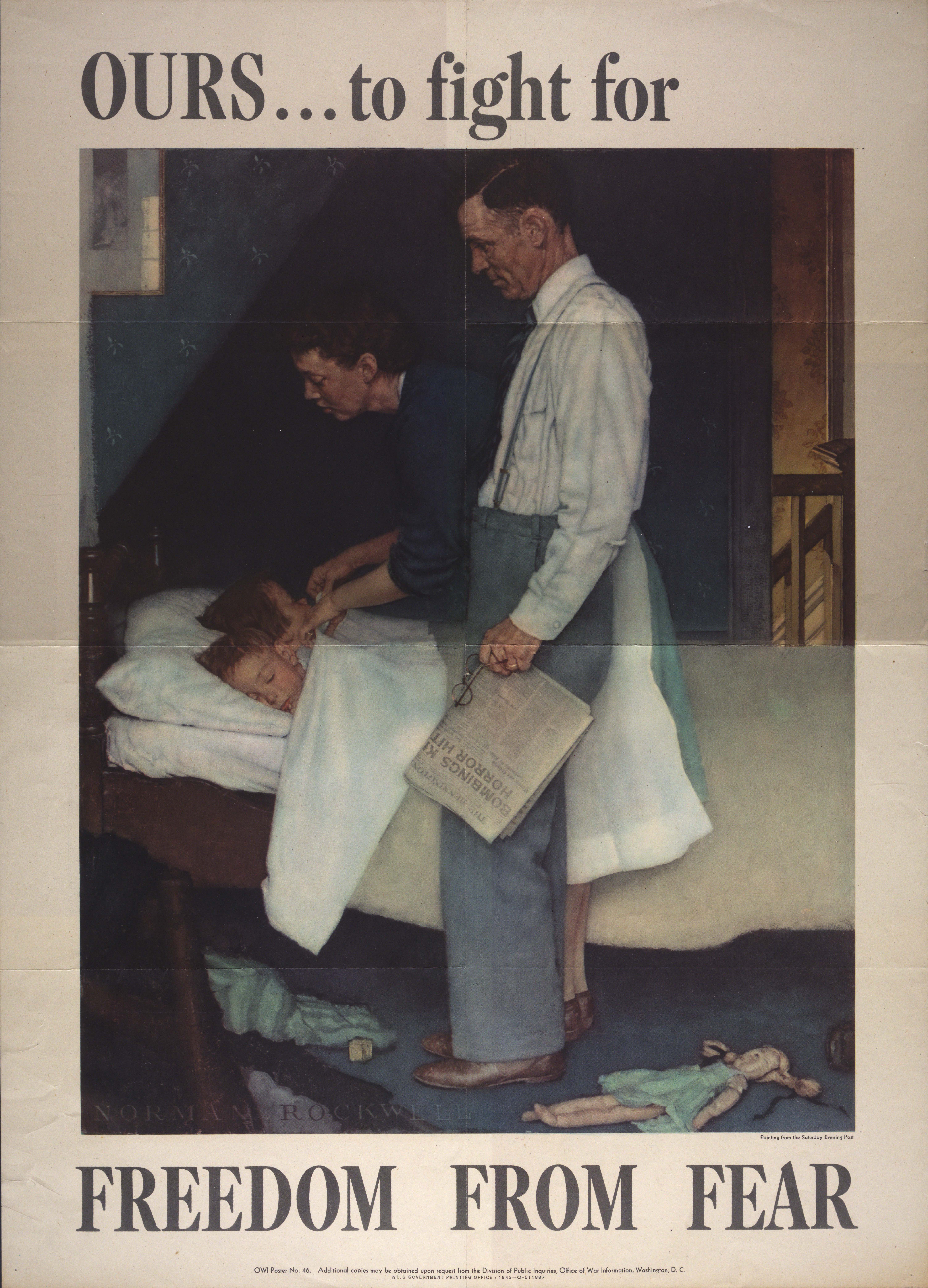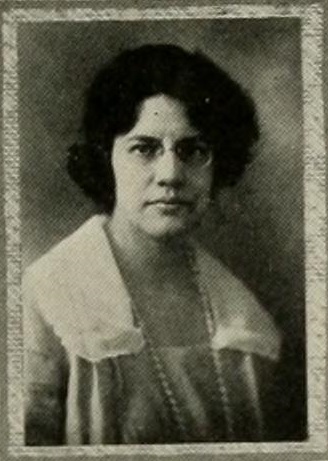
The original core of the collection was from the Chester County Cabinet of the Natural Sciences, Chester County’s first natural sciences museum. So I started with what material we have about the Cabinet. However, I discovered that its contents only pertain to the herbariums and botanical specimens contributed to the Cabinet, rather than artifacts I'm researching.
Then I went to the student newspapers. Full-text searching the student newspapers is often a great way to pinpoint relevant information. In this case, unfortunately, the papers reported on so many student trips to other museums that I couldn’t pick out information about West Chester’s own museum.
In the course catalogs, I began finding scraps of information. Starting in 1879-1880, the museum collection was located in the Main
It seems that the attention and care given to the museum may have waned in the late 1920s. The museum was always given a paragraph description the course catalog up until 1927-1928, and in 1938-1939, it stops being mentioned at all. What does this mean? In 1939, the Old Library was renovated and perhaps the perennial problem of space in libraries led to the relocation or dissolution of the museum. Or maybe the staff responsible for the course catalog just decided not to devote space to the museum anymore. It’s hard to tell if the change in the course catalog provides anything meaningful.

Occasionally archival research yields useful information easily and quickly, but very often it doesn’t. I still don’t have any idea where I might find the provenance information I’m looking for, or a full picture of the history of the Museum Collection. Sometimes archival research is like that.
Images:
Top right image: Artifact to the left has a label reading "Pottery from Cliff dwelling ruins - 1000-2000 years before Spanish came" (Museum Collection, Box 1, 45-109). Artifact to the right has a label reading "Ancient Pueblo Pitcher 11-1200 A.D." (Museum Collection, Box 1, 45-129). Artifact in the middle is listed in the inventory as "ancient pueblo kettle with incised design" (Museum Collection, Box 1, 45-128).
Middle image: Artifact to the left has a label reading "2 Handled Cup Greek 5th-4th cent. B.C." (Museum Collection, Box 8, container 3). Artifact to the right has a label reading "Etruscan Buchero Ware 5th-3rd cent. B.C." (Museum Collection, Box 8, container 3).
Bottom image: Artifact to the left has a label reading "Cochiti Storage Bowl - Note design for four points of world, 1891" (Museum Collection Box 3, not listed in inventory.)
References
Sturzebecker, Russell L. The Centennial History of West Chester State College. West Chester: Tinicum Press, 1971.
West Chester University Course Catalog 1879-1880, pg 21.
West Chester University Course Catalog 1904-1906, pg 41.
West Chester University Course Catalog 1906-1907, pg 39.
West Chester Course Catalog 1909-1910, pg 36-39.
West Chester Course Catalog 1916-1917, pg 44.
Wolfe, Esther. "Accession List of Recataloged Items."

 “The Art of War: The Rhetoric of Propaganda Posters during World War II” is the title of a new exhibit now on display at F.H.G. Library. Located on the 6th floor by Special Collections, the exhibit examines the presence and purpose of rhetorical features in World War II propaganda posters.
“The Art of War: The Rhetoric of Propaganda Posters during World War II” is the title of a new exhibit now on display at F.H.G. Library. Located on the 6th floor by Special Collections, the exhibit examines the presence and purpose of rhetorical features in World War II propaganda posters.
 Freedom of Speech was the first painting in the series The Four Freedoms. Rockwell’s paintings, known for their proclivity to idealize American culture and reflect life as Rockwell envisioned it, spoke with a gentle pathos to the American public. Depicted in Freedom of Speech is a local town meeting in which a lone dissenter can be seen speaking up in opposition to the crowd, thereby exhibiting his freedom of speech. The painting is notable for the dramatic angle presented, highlighting the central figure and distinguishing him from the other members of the town. His attire evinces the idyllic reassurance of blue-collar, middle-class sentiments, as opposed to the older and more formally dressed present at the meeting. One could imagine the central figure as inviting the viewer into the scene, as if they are present at the town meeting. The striking quality of the painting emerges from this use of perspective, as Rockwell had just begun using photography in combination with live models and his own idealistic vision. This painting was accompanied with an essay by Booth Tarkington in The Saturday Evening Post.
Freedom of Speech was the first painting in the series The Four Freedoms. Rockwell’s paintings, known for their proclivity to idealize American culture and reflect life as Rockwell envisioned it, spoke with a gentle pathos to the American public. Depicted in Freedom of Speech is a local town meeting in which a lone dissenter can be seen speaking up in opposition to the crowd, thereby exhibiting his freedom of speech. The painting is notable for the dramatic angle presented, highlighting the central figure and distinguishing him from the other members of the town. His attire evinces the idyllic reassurance of blue-collar, middle-class sentiments, as opposed to the older and more formally dressed present at the meeting. One could imagine the central figure as inviting the viewer into the scene, as if they are present at the town meeting. The striking quality of the painting emerges from this use of perspective, as Rockwell had just begun using photography in combination with live models and his own idealistic vision. This painting was accompanied with an essay by Booth Tarkington in The Saturday Evening Post. Freedom from Fear depicts an American family tucking their children into bed as the carnage of the Blitz rages on in Europe. The sentimental values of family and unity can be seen in full rhetorical effect, as it depicts a scenario evoking paternal notions. The care and concern seen in the parents can furthermore be projected onto the United States as a whole. Often described as overly intimate, Rockwell himself expressed a disappointment with this painting, preferring Freedom of Speech and Freedom of Worship as the pinnacle of this series. Freedom from Fear was the only one in the series to be created prior to the commissioning of the series. The painting was published in The Saturday Evening Post with an essay by Stephen Vincent Benét.
Freedom from Fear depicts an American family tucking their children into bed as the carnage of the Blitz rages on in Europe. The sentimental values of family and unity can be seen in full rhetorical effect, as it depicts a scenario evoking paternal notions. The care and concern seen in the parents can furthermore be projected onto the United States as a whole. Often described as overly intimate, Rockwell himself expressed a disappointment with this painting, preferring Freedom of Speech and Freedom of Worship as the pinnacle of this series. Freedom from Fear was the only one in the series to be created prior to the commissioning of the series. The painting was published in The Saturday Evening Post with an essay by Stephen Vincent Benét. Marion Farnham was born in Boston, Massachusetts on October 27, 1887 to Charles and Maria Farnham. She received her Bachelor of Arts degree from University of Puerto Rico while teaching art classes there. Later she earned a Master of Arts degree from Boston University. She also studied at the Art Student League in New York City, Columbia University, and University of Pennsylvania.
Marion Farnham was born in Boston, Massachusetts on October 27, 1887 to Charles and Maria Farnham. She received her Bachelor of Arts degree from University of Puerto Rico while teaching art classes there. Later she earned a Master of Arts degree from Boston University. She also studied at the Art Student League in New York City, Columbia University, and University of Pennsylvania. State Normal School’s campus appeared on the endpaper of the
State Normal School’s campus appeared on the endpaper of the
Global Music Residency - gamin (Woodwind Musician)
Global Music Residency welcomes prominent NYC soloist & former principal player of the National Gugak Orchestra, gamin.
gamin tours performing traditional Korean music alongside experimenting with cross-disciplinary collaborations, including the Silk Road Ensemble.
gamin plays the 피리 piri (double reed Korean oboe), the 태평소 taepyeonso (double-reed horn), and the 생황 saenghwang (mouth organ).
Check out her website @ https://www.gaminmusic.com/
Residency Events
Lecture-Recital | M. 2/21 at 8:15pm, Ware |
Learn to Play Korean Traditional Instruments | M. 2/21 - TH. 2/24 at 12-2pm, MWAT Lobby |
Recital in collaboration with WCU Faculty and Students | TH. 2/24 at 8:15pm, Ware |
Contemplative Music of Korea, WCU Center for Contemplative Studies | W. 2/23 at 4:30-5:45pm |
Presser Music Library - Top Left Image: Emma Rolecki, Caleb Sharp, and Malaika Paralkar. The books on display were curated by one of our Presser Library student interns, Hannah Shields (not pictured).
Presser Music Library Highlights
Stop down to Presser Music Library to view a student-curated book display on Lunar New Year in Asia!
You can also join in making your own paper lantern! We have set up a craft table for your making of a New Year’s Paper Lantern. We encourage you to make these paper lanterns and place them along the window sill. We also have some coloring pages (Lunar New Year-themed) that you can color and hang anywhere in Presser.
For more resources, on our webpage (https://library.wcupa.edu/music) we’ve created a list of some book and score resources, under the tab “Celebrate Lunar New Year” on the left.
FHG Highlights
Enjoy these selected books exploring other dimensions of Korean culture.
Undiscovered Art from the Korean War | The Record of the Black Dragon Year | Libraries in Korea | The Columbia Anthology of Modern Korean Poetry | Traditional Performing Arts of Korea | Korean Mask Dance | KOREA Art and Archaeology | SILLA Korea’s Golden Kingdom
Commenting on blog posts requires an account.
Login is required to interact with this comment. Please and try again.
If you do not have an account, Register Now.